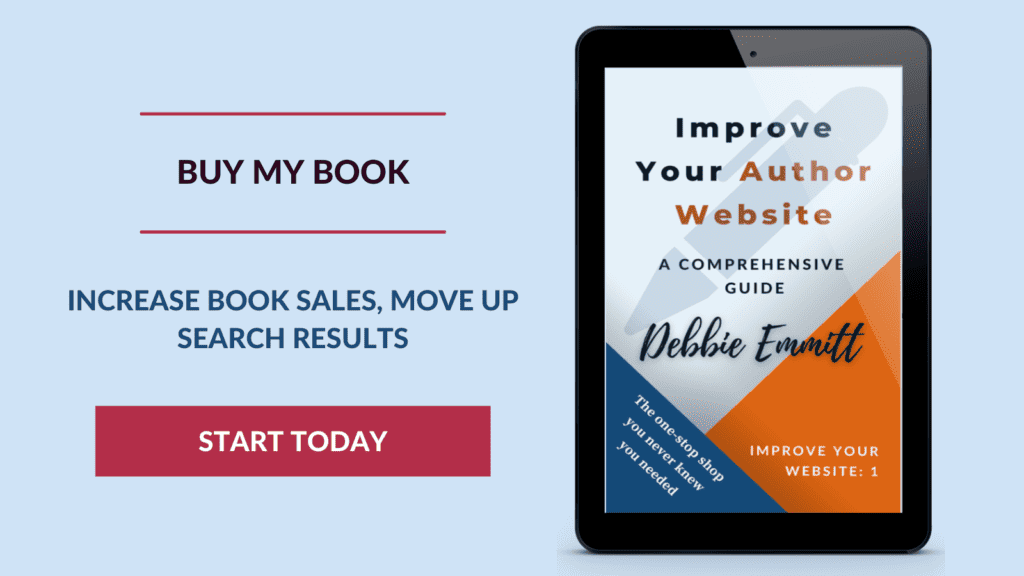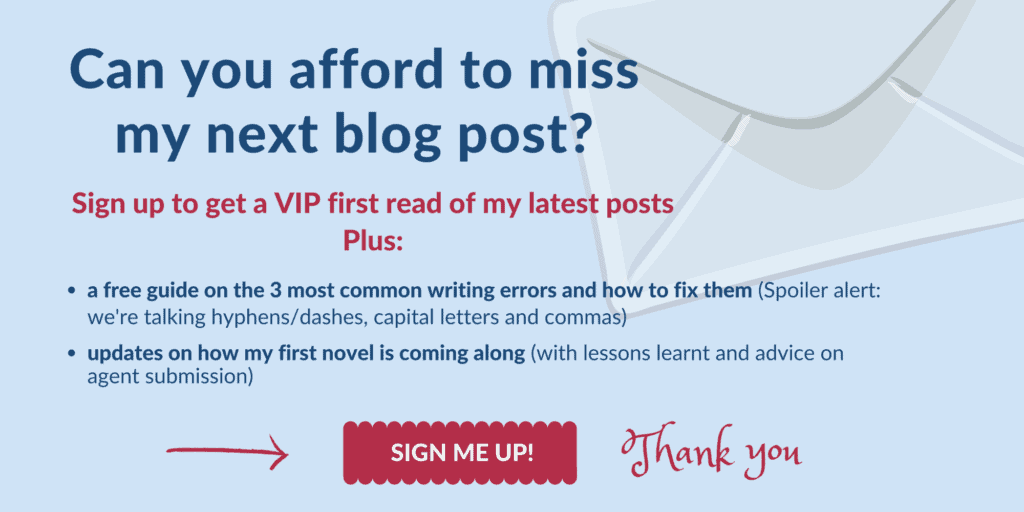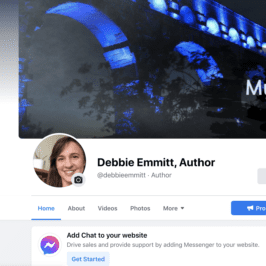
Creating user personas for your website will help you with every future decision about content, images, navigation headings, calls to action and more.
What is a user persona?
A user persona is a fancy term for a fictional character who is typical of one segment of your audience.
Before you begin to write your personas, you need to work out exactly who your target audiences are. This will be largely determined by your genre, although other factors will come into play, such as the setting or lead characters in your books.
Your target audiences
Target audiences for an author website could include:
- fans who have read all your books and are eagerly awaiting the next
- prospective readers who have never read your work but are interested
- publishers and agents to whom you have pitched your book
- media looking for contact details, or for information to use in a blog post or review
- fellow writers looking for inspiration, advice or their next book to read.
For each target audience, there may be more than one persona. The ‘fans’ audience may sub-divide into multiple personas depending on age, interests (your book in which the lead character was a dog may appeal to different fans than the one in which the lead character was a clown) and geographical location.
Of course, you could go overboard with this process and sub-divide ad infinitum. The trick is to pinpoint the main segments of your audience, then develop personas to act as stereotypes for those segments. A healthy amount to begin with is three to five, then you may wish to be more granular later.
The trick with user personas is to pinpoint the main segments of your audience, then develop stereotypes for those segments. – Improving (everything about) your author website with personas Share on XPeople and markets are not static, and your style of writing may change, so review your personas regularly; maybe on an annual basis.
Basic user personas
The simplest personas are a paragraph of text, describing the key points about that audience segment. Three basic personas for a mystery novelist’s website could be:
- John Smith is a 75-year-old retired teacher who loves reading mysteries. He hasn’t yet discovered your books and has landed on your site for the first time.
- Jenny Jones is a 30-year-old accountant who has read all five of your published books. She is a newsletter subscriber and visits your website on a weekly basis. She is always on the lookout for updates on your activities.
- Alice Evans is a commissioning editor at a publishing house. She has read your covering email and synopsis of your finished manuscript and is visiting your website to find out more about you.
For each persona, it is helpful to give them a fictional name and photo so you can picture them when working on your site. You can find images via a Google search for ‘copyright-free persona images’, or on sites like thispersondoesnotexist.com (hit refresh to get a new, random photo-realistic image of people who don’t exist. This freaks me out a bit!)
Detailed user personas
Once you’ve got the hang of thinking in terms of personas, it is useful to flesh them out. Think about what they’re looking for on your site, what they like to read, how often they read, relevant likes and dislikes.
Beware of going into too much detail. They need to remain archetypes for the audience segment they represent. Knowing that John Smith likes Wensleydale cheese probably isn’t helpful when it comes to his behaviour on your site (unless you’ve written a book about cheese).
Knowing that your users like Wensleydale cheese isn't helpful when it comes to their behaviour on your site (unless you've written a book about cheese). – Improving (everything about) your author website with personas Share on X
User journeys
User personas can be used for many purposes. One such use is plotting the journeys that your users take to arrive at different outcomes. This will help you find out if people are having to take longer routes than necessary to get to where they need to be, or if you are sending them towards a dead end.
These outcomes could include:
- the purchase of a book
- a sign-up to your newsletter
- completion of your contact form.
Visitors will not always enter your site from the homepage. Depending on where they have come from (search engine, another site, manually entered your web address), they could begin at any page on your site. This is important because, if you’ve planned a user journey only from the homepage, you could miss out a crucial call to action on a subpage, losing that customer.
Visitors will not always enter your site from the homepage. They could begin at any page on your site. – Improving (everything about) your author website with personas Share on XExample journey
Ideally, you will create at least one journey for each persona, and you’re likely to find that each will have more than one. For example, John Smith does not yet subscribe to your newsletter so two of his user journeys could be to sign up, and to purchase a book.
A user journey for John’s sign-up to your newsletter could be:
- Lands on homepage
- Clicks on sign-up call to action
- Enters email address
- Clicks on Submit button
Knowing some details about John, such as how familiar he is with browsing websites, will help you to see your site through his eyes and maybe make some improvements so that he can more easily get to where he needs to go.
Just as with user personas, there is not one typical template to use when planning out your user journeys. Some people prefer to use a table layout, where each column is a stage in the journey. Others use a flowchart approach or a simple numbered list of steps. As long as you have the key stages logged, don’t lose sleep over the layout.
User journeys will help you to streamline your website. – Improving (everything about) your author website with personas Share on XUser journeys will help you to streamline your website. Take the example of John joining your mailing list. Mapping his journey may highlight the lack of a sign-up button on your homepage. If he has to navigate to your Contact page before he finds what he’s looking for, he may give up.
Who are your user personas?
Now that you know what a user persona is and one practical way in which to apply them, get started! Let me know in the comments the name of one of your personas and what they are all about. You will inspire other writers to start thinking about their own user personas.
Further reading and listening
If you want to geek out on this persona stuff, do a bit of hunting around online. Here are a couple of links to get you started:
An episode of Tim Grahl’s Book Launch Show podcast features Tim guiding author, Valerie Francis, through the creation of detailed personas. It’s well worth a listen.
Sana Choudhry’s post goes into detail on the whys and wherefores of user personas, as well as how to create them.









Leave a Reply